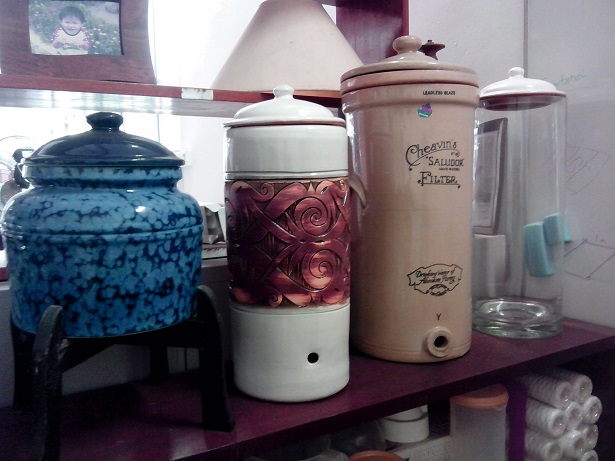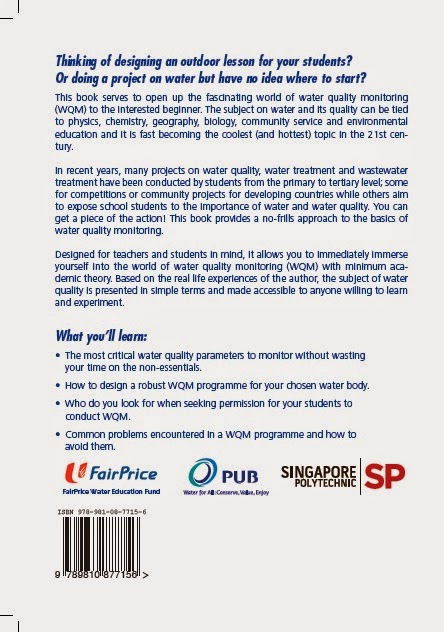The workshop was run pretty similar to the one last year.
One notable exception was the use of iPads as data collection devices in the field. Water quality (WQ) data was keyed in directly into the iPad, forgoing the step of writing on pieces of paper that tend to get wet, muddy and folded out of shape. (Hey, with a seven hundred dollar iPad in your hands, you too would take tender, loving care of it.) Despite what you may think, I am not using it for the WOW factor or because it is the IN thing.
The main advantage of using an iPad is having a customised app (kindly designed by my colleague in SP's education department) to transmit the water quality data to a central server. One, all WQ data can be kept in one spot for easy reference in the future. Two, having a standard template (as an app) allows different users to key in data in a fixed format - no need to struggle to interpret whether this test was done once or twice or what the units were supposed to be. Imagine letting loose a group of students (or interns) to do WQM (water quality monitoring) in the field with only simple training and minimal supervision. Data collection will become immensely efficient. (Nevertheless, I must emphasise that these students be trained in the proper monitoring and sampling techniques lest they collect irrelevant or unusable data.)
Figure 1: The compulsory group photo taken at Graffiti Bridge along Ngee Ann Stream
Figure 2: The seldom taken group photo at the end of the workshop at Botanic Gardens
Figure 3: iPad app for water quality monitoring data collection
Figure 4: Screenshot from the server showing the WQ data since the system was started










No comments:
Post a Comment